Record numbers: NAHL to NCAA
NAHL.com exclusive by Alex Kyrias with files from Randy Russon
It’s been said that every young hockey player grows up with a dream.
For the majority of those who are playing junior hockey in the United States, that dream is to one day play college hockey within the National Collegiate Athletic Association ranks.
There are several paths for a player to accomplish this, which are accompanied by various opinions and theories of what league or what team may be the best fit for a player who is looking to his extend and advance his career to the NCAA level.
In the ongoing case for the North American Hockey League, the proof and proven pathway is in numbers.
Record breaking numbers to be exact, as the 2013-2014 season was the best ever for NCAA commitments in the 38-year history of the NAHL.
As of this week, exactly 211 players had committed to universities and colleges at both the NCAA Division I and 3 levels.
No other league in North America saw as many commitments for their players, while they were actually playing in the league — and the NAHL finished second only to the United States Hockey League in total NCAA commitments for 2013-2014.
The 211 commitments to date shatters the old NAHL record of 193 set back during the 2012-2013 season. Of the 211 players making commitments this year, 142 of those (over two-thirds) are moving on to the Division I ranks and 79 are going to play at Division III schools.
It is all part of a larger trend that proves and shows that the NAHL and its teams are as successful and effective as anyone in junior hockey in providing opportunity and creating exposure events that are proven to showcase players and move them onto the next level.
“Over the course of the past few seasons, the NAHL has put a premium on providing more opportunities for our players in markets that are sustainable and stable,” said commissioner Mark Frankenfeld. “Because of that stability, our owners have been able to watch their teams grow and thrive in their respective markets and as a result, we have seen the NCAA commitments go up.”
Events such as the NAHL Showcase in Blaine, Minnesota, and the NAHL Top Prospects Tournament, held in Troy, Michigan, help to bring in hundreds of scouts per event.
The Top Prospects featured a record number of scouts for the fourth straight year, while the record set at the showcase in Blaine last September saw over 340 National Hockey League, NCAA and junior scouts come through the doors of the Schwan Super Rink during the five days.
“The NCAA schools are able to see a maturation and growth process that begins with events like the NAHL Showcase, then continues with a rigorous regular-season schedule and events like the Top Prospects Tournament, and culminates in an exciting Robertson Cup playoffs,” continued Frankenfeld.
Consider the following statistics:
• With 211 commitments and 179 of those from current NAHL players and not alumni, that means on average, a third of the players from each NAHL roster are getting an NCAA commitment each season.
• Two-thirds of the NCAA commitments are to NCAA Division I schools.
• 135 of the 211 total commitments to date came after the NAHL Top Prospects Tournament in February, further showing the benefit of the event.
• In the last two years, the NAHL has not only had 400 NCAA commitments, but also seen over two million fans go through turnstiles.
• Over 650 NAHL alumni played in the NCAA this past season with over half of those playing Division I hockey.
However, it isn’t just Frankenfeld that believes in the system.
All of it — including both high-profile exposure events — helped Wenatchee Wild goaltender Chase Perry, who had a tremendous rookie season in the NAHL, get an NCAA commitment and get drafted into the NHL.
Last September, the scouts were buzzing about Perry being an exciting and new prospect. In March, just weeks after playing in the NAHL Top Prospects Tournament, Perry committed to play NCAA Division I hockey at Colorado College. And in June, Perry was drafted in the fifth round, 136th overall by the NHL’s Detroit Red Wings.
Perry was one of six players with NAHL ties selected at the 2014 NHL Draft.
Perhaps no team in the past four years exemplifies this process as well as the Fairbanks Ice Dogs, who are managed by Michigan Soo native Rob Proffitt.
Over the course of the past four seasons, not only have the Ice Dogs won two Robertson Cup, national championships, but they have also had 43 NCAA commitments — including 12 this past season.
Trevor Stewart, head coach of the Ice Dogs, believes that because NAHL players typically enter the league without a commitment, it drives them more to do whatever they can to try and earn one and take the next step in their hockey careers.
“I think it is a matter of players being hungry and driven to improve, especially the older players. I think they realize whether they are coming from another junior league or midget hockey that this is potentially their final opportunity to make it happen and as a result, they work extremely hard,” said Stewart.
Fifteen players from the Janesville Jets organization, both past and present, made NCAA commitments during the 2013-14 season, including Top Prospects participants Logan Halladay and Robin Hoglund, who are both headed to play hockey at Big 10 powerhouse, the University of Minnesota.
Janesville head coach Joe Dibble said that moving players onto the next level is a top priority.
“When you see the list of commitments every season some of the players are older, some are younger and committing for a season or two down the road, but the most important point is regardless of age, they are earning these commitments during their time spent playing and developing in the NAHL,” said Dibble.
The Janesville philosophy is also shared by current NHL star and San Jose Sharks forward Joe Pavelski, who is a minority owner of the Jets and also emphasizes a hands-on approach.
“That’s always a goal for these players (to go NCAA Division I). You come to the junior leagues to take that step and play college hockey. Anytime there’s a program that’s going to put more kids to the next level, you’re going to become aware of it. Just like when you look at what school you’re picking. What team has won more, if you have a few options. Those teams that have that track record tend to keep that track record. I think the Jets and the NAHL have done a great job with that,” offered Pavelski.
No coach has a longer tenure in the NAHL than Topeka’s Scott Langer, who has been at the helm of the RoadRunners for over a decade.
While Topeka won the NAHL’s South Division playoff title and made the NAHL’s final four in 2013-2014, the RoadRunners also had nine NCAA commitments, including Top Prospects goalie PJ Bridges (Western Michigan) — and Langer subscribes to the theory that winning and making sure your players are moving onto the NCAA is a co-operative effort.
“We make guys understand that they have to work hard every single day in order to make something like an NCAA commitment happen. Our players are being pushed to their maximum effort and potential because every single night in the NAHL, your opponent is doing the exact same thing. The NAHL has a network of very good coaches, who are not only the extra mile to develop these players, but to also ensure that they are doing everything they can to move them onto the next level. It makes every one of us better and I think the NCAA coaches notice that,” said Langer.
The Robertson Cup national runner-up and Central Division regular season and playoff champion Austin Bruins had 13 players, including 11 current, make commitments during the 2013-2014 season. They included the likes of NAHL Top Prospects participants Nick Lehr (University of Minnesota), Jay Dickman (Bemidji State) and Sam Kauppila (St. Lawrence).
Austin head coach Chris Tok said that for the Bruins, success on the ice and being able to place over a dozen players in the NCAA adds up to priority.
“The on-ice success is a bonus but the primary focus for us is development, particularly towards the NCAA level. I think a lot of times the two (winning and commitments) go hand-in-hand, but developing players and moving them onto the NCAA is something that as a coach, you want to see happen every season. As coaches, it is very important that we do our due diligence for our players in following up with the NCAA coaches on a regular basis,” said Tok.
The Kenai River Brown Bears have nine players heading off to the NCAA to date, which includes NAHL most valuable player and NAPHL graduate Alec Butcher (Sacred Heart) and NAHL Top Prospects participant Sebastian Fuchs (University of Denver).
Kenai River head coach Geoff Beauparlant believes that the record number of NCAA commitments has to do with the quality of hockey in the NAHL.
“I think the increase in NCAA commitments speaks to the high level of play in our league and to the quality of the players that our organizations attract to their rosters. I also believe that NCAA programs see the value of our league and the types of players that they can rely on. I constantly hear that our players are hard-working, talented, mature hockey players, all qualities that translate well to college hockey.”
One of the most-recent commitments for the NAHL is Springfield Jr. Blues goalie Stefanos Lekkas, who not only was named to the all rookie second all-star team, but also played in the NAHL Top Prospects Tournament and will be heading to the University of Vermont.
Jr. Blues head coach Tony Zasowski, who like Lekkas was a goalie and also played NCAA Division I hockey said that the talent level in the league is very high and plays a key role.
“The fact that the NAHL had it best year for commitment should come as no surprise as teams are doing a great job recruiting talented players. Every team has great players which was shown by the parity in the league this season and expect it to get better next season,” said Zasowski.
Soo Eagles, meanwhile, have only been a part of the NAHL for two years but have sent 13 players to the NCAA ranks, six of whom have Division 1 commitments.
The Eagles most-recent D1 commitment is left winger Mike Sabatini, a 1995 birth-year who has played two seasons in the Soo and is off to Canisius College in the fall.
Perhaps the biggest impact that NAHL players have is on the NCAA teams themselves. The best evidence and most telling testimonials come from the actual NCAA Division I coaches themselves. They are the ones watching these NAHL players develop and betting on their futures as a hockey player to make an impact while in college.
“Players in the NAHL take hockey seriously,” said Ferris State assistant coach Drew Famulak. “We have some kids out of the NAHL that are very highly skilled, committed to what we want to do as a team and show great leadership qualities. They have also been exposed to some of the best coaching in the country, which is satisfying for us knowing they can step in and contribute right away.”
Maybe no one knows or enjoys the benefit of NAHL players more than Air Force head coach Frank Serratore, who boasts more NAHL graduates on his team than any other NCAA Division I program.
“We like the NAHL because of the maturity of the players. If you want an opportunity or chance to become a hockey player you can come to the NAHL and succeed. I like what the NAHL does for young men — it is the league of opportunity,” said Serratore.
For more on this story and the complete list of NCAA commitments, visit NAHL.com.




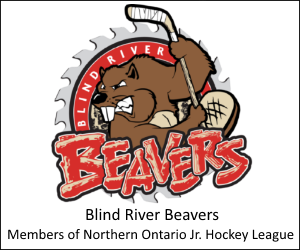
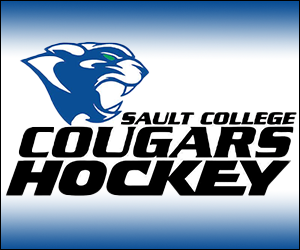

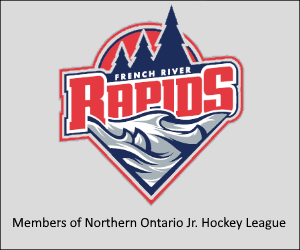







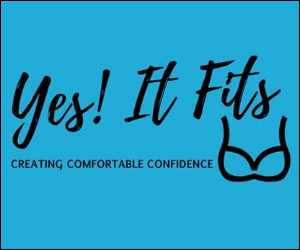



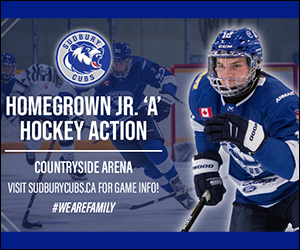

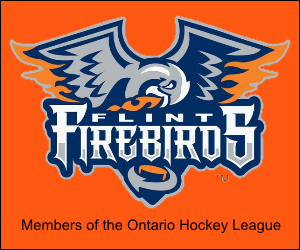
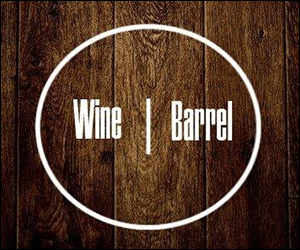

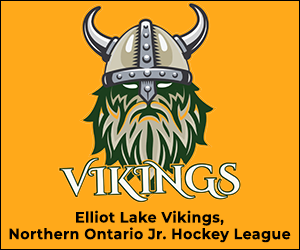





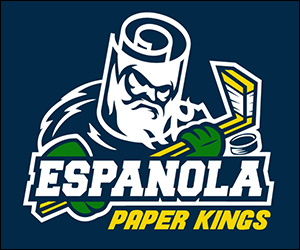




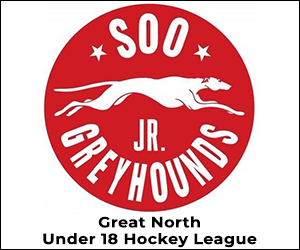



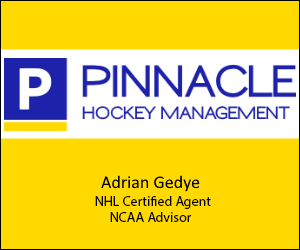
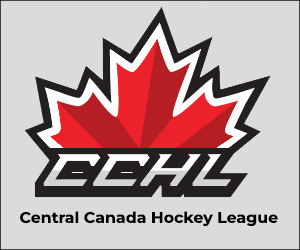
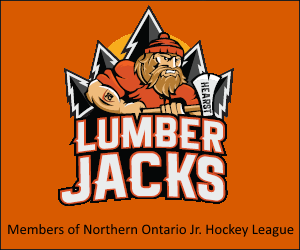























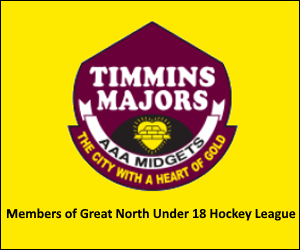
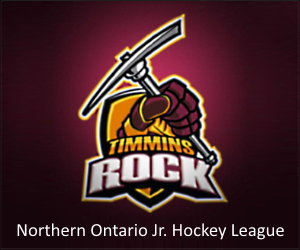

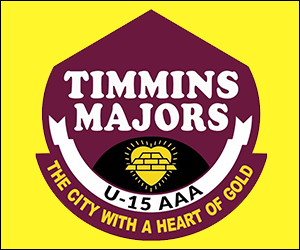












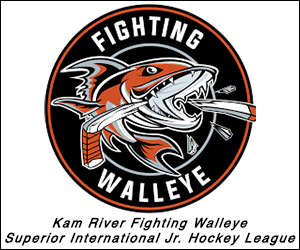
The NAHL does a great job that is for sure. Good Article!